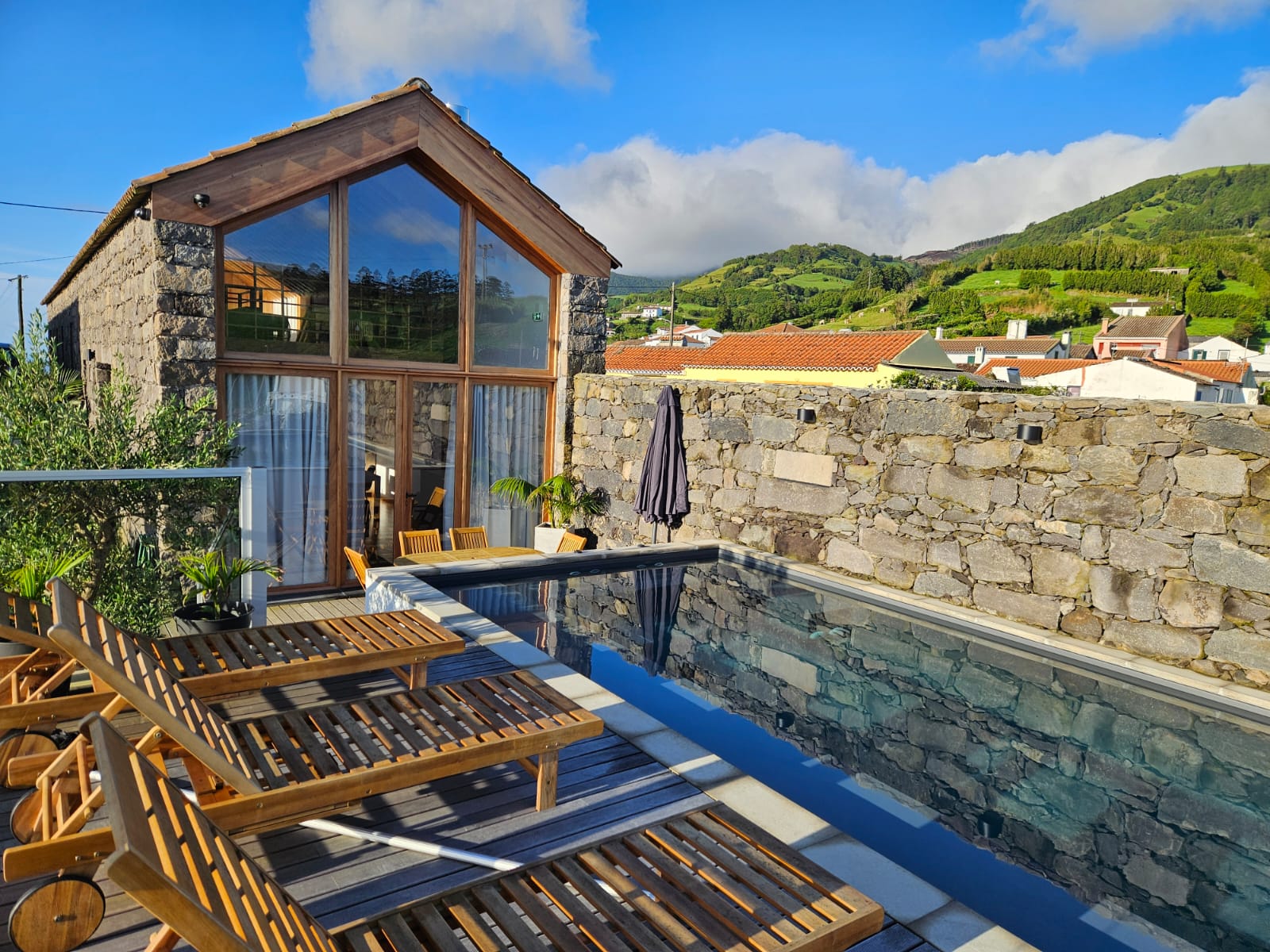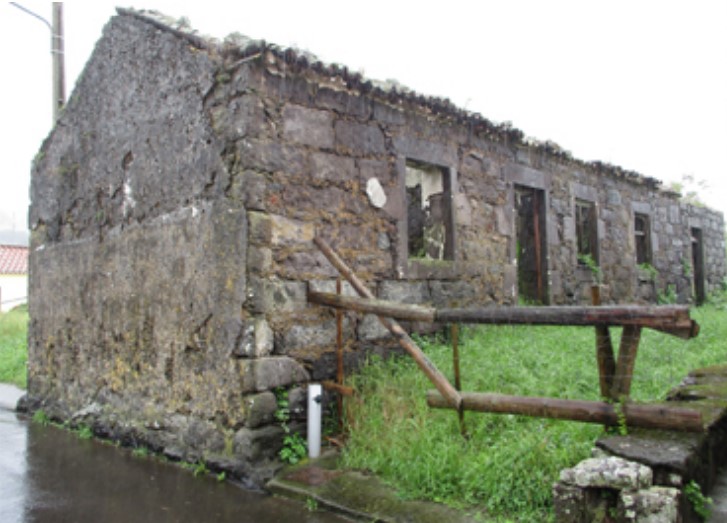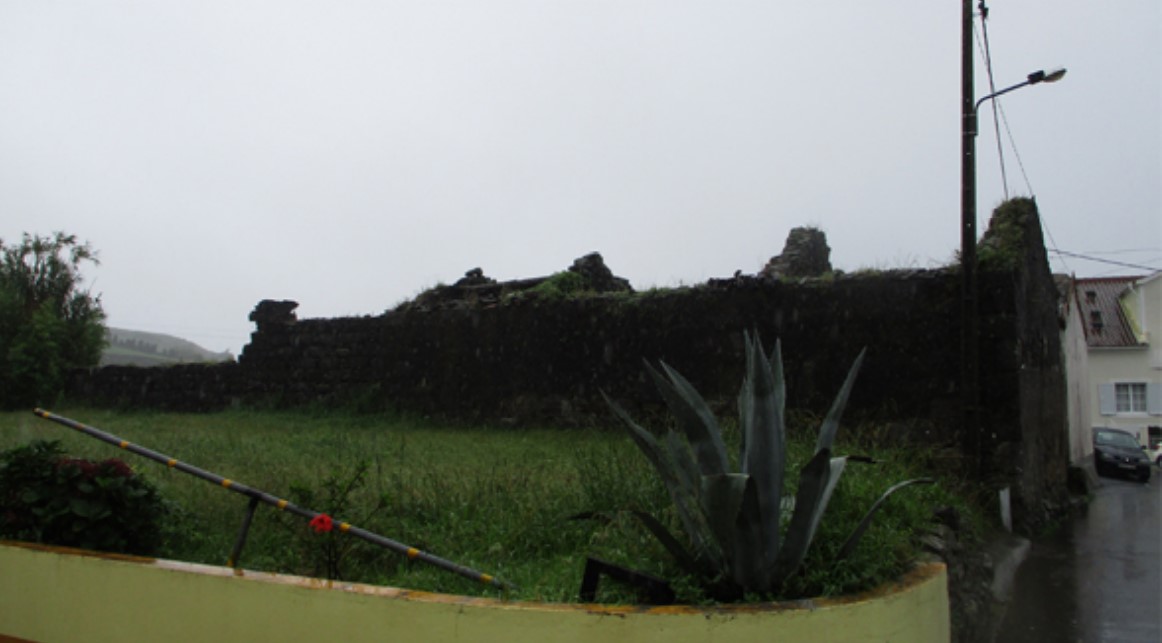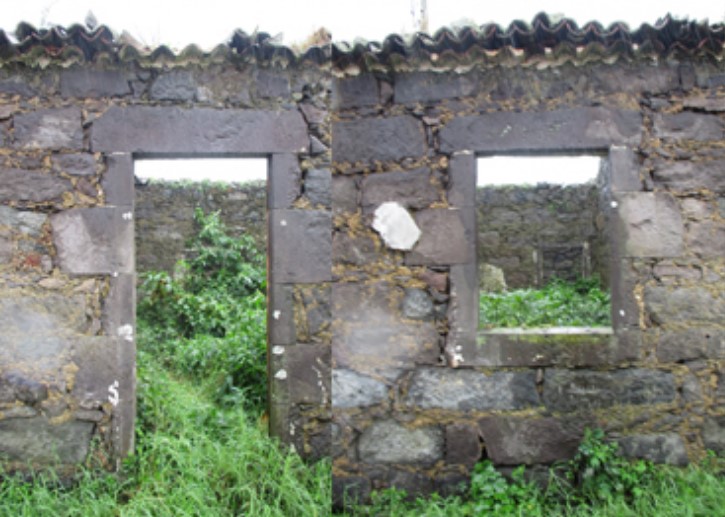The Azores
In the immensity of the blue Atlantic Ocean Mother Nature created a land full of natural beauty and unexplored: The Azores.
The Azores is an archipelago that lies on the ocean North Atlantic between the 36th and 43 north latitude and 25 and 31 west longitude. Part of the biogeographic region of Macaronesia, consists of nine main islands divided into three groups: Western Group - Corvo and Flores, the Central Group - Faial, Graciosa, Pico, Sao Jorge and Terceira and the eastern group consists of the islands of Santa Maria and São Miguel. All the islands are of volcanic origin.
The east Santa Maria with its clear and warm sandy beaches and São Miguel, the largest island, with its lakes and hot springs. In the central group of Terceira, São Jorge, Pico, Faial and Graciosa have gracefully into the blue sea where whales and dolphins lurk making the delight of visitors. In the western group, the island of Flores dazzles us with the beauty of its natural waterfalls and ponds dug by volcanoes. Corvo, the smallest island, has at its center a beautiful large crater that attracts species of birds coming not only from the European continent, but also in the Americas. All the islands have beautiful and green landscapes at any time of year. The islands are also very flowery and mainly found azaleas and hydrangeas in every corner of the islands.
The most important crops are tea, tobacco, potato and sugar beet. The islands have many features and, as might be expected, people use a very important: the sea. Then they bring a wide variety of fish thus making the delight of lovers of a good plate of fish. These are the Azores, nine islands, nine small worlds where the beauty of the islands and friendliness of the locals is shared by all. "Trails in the Azores": Whether you are a lover quiet walks or an adrenaline junkie the Azores have more than 60 walking routes with all the conditions to walk safely. Be adventurous and discover the places of each island.
About Nordeste
The Nordeste by many referred to as the most beautiful and flowery municipality of the island of S. Miguel, is located on the north coast of the island. Known until recently there as the tenth island, and called for northeast have face this wind was so long the most developed media that came to be dubbed Africa São Miguel.
Today distinguished as the most flowery municipality of Portugal, breaks through boundaries to rub shoulders with a third place several European countries.
What once was a painful and far walk today thanks to the construction of new roads to get to this place of election, quiet liturgy and the look is done in less than an hour. The Northeast tracks progress with enthusiastic participation while keeping alive the passion and wit by the dazzle of its pristine and untouched landscape, marked by fiery strength of its origins, which derives from the diversity of terrain, extensions and varied slopes, sometimes shaped cliffs and hills, sometimes deep streams, found, gorges, valleys and ravines. Here live primordial depths where they hide secrets. Imposing and yet, cozy, towering and sobranceio the sea that it is in the background, turns this county to the land where in the midst of pure magic stands as sanctuary to more luxuriant vegetation where confuse the primitive flora ( laurels, cedars, beech, holly, heather, tamuje, ...) with the recent exotic flora and practically reduced here will most famous and noble tree of azores today- criptoméria. And it is in dense woods that houses the PRIOLO, this bird in danger of extinction but now protected, that another site not want but this touched by the magnetic force of the first morning glow, where only whisper dreams and a melody that emanates there from Priolo corner and vegetation wears magic and epic.
This is also where is located the stick Peak, highest point of the island, with about 1100 meters. Its relief is mountainous, cut by streams that slide between vegetation. It incorporates an endemic and vegetation typical of Macaronesia, as well as a whole range of rare flora and great value. The peak of the stick serves as natural viewpoint with a panoramic view of much of the island of São Miguel highlighting the plateau of Graminhais, green peak, the Tronqueira mountains and further south one can see the boiler slopes and hollows the wooden water saws and wanton west.
The county of NOrdeste, full of lush natural beauty, still has a beautiful architectural heritage with monuments such as churches, chapels, the iconic viaduct of seven arches and the beautiful building of the town hall dating from the century. XIX, among others.
The Nordeste is also known for having the most beautiful gardens and manicured streets where flowers seem to bloom every corner, inviting us to enjoy a nice relaxing walk.
Land with a long agricultural tradition, livestock and fishing, the Nordeste keeps its good living heritage, as is visible in the Ethnographic Museum or the Northeast workhouse which functions as a center and craft shop. In fact, the craft has always had an important role in several works of lace, embroidery and the well-known loom.
Old mills run serpentine the many streams in the Northeast.
Points of interest
- Chapel of "Nossa Senhora do Rosário"
- Chapel of "S. Sebastião"
- Chapel of "Nossa Senhora da Mãe de Deus"
- Chapel of "Nossa Senhora da Nazaré"
- Botanical Garden of "Ribeira Do Guilherme"
- Belvedere of "Ponta da Madrugada"
- Belvedere of "Ponta do Sossego"
- Belvedere of "vista dos Barcos"
- Belvedere "despe-te que suas"
- Mountain range of "Tronqueira"
- Lighthouse of "Arnel"
- Natural park of "Ribeira dos Caldeirões" and of "Guilherme"
- "Lombo Gordo" and "Fajã" beaches
- Natural swimmingpool "Boca da Ribeira"
- Municipal museum of Nordeste - has an important ethnographic collection including household equipment, costumes, agricultural implements, transport, the complete collection of an old desfilaria, combine harvester Baler set with steam engine.
- Natural park of "cancela do cinzeiro"
Among many other nooks and crannies all of them full of beautiful landscapes that will leave you filled with beautiful memories.


























